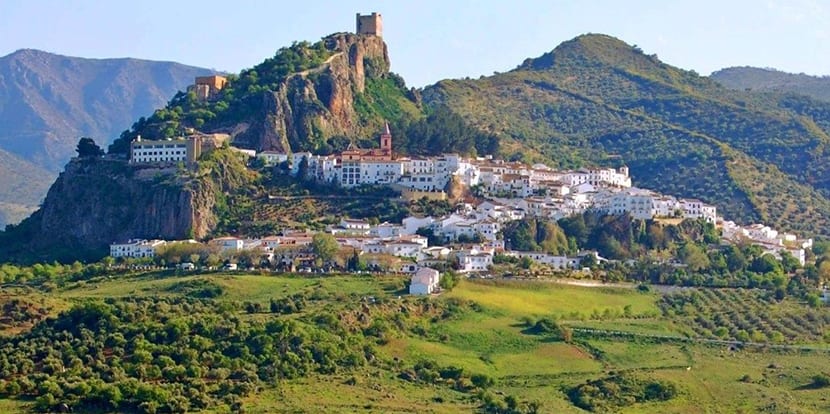
Spain It has many incredible destinations and great tours to do with a few days off. One of these tours is the so-called Route of the White Villages, an Andalusian tourist route that passes through several villages whose characteristic is that their houses are painted with lime. Zahara de la Sierra is one of them.
Zahara de la Sierra is in the heart of the Sierra de Grazalema Natural Park, between the Bocaleones and Guadalete rivers, and is a great rural tourism destination. Do you like horseback riding, kayaking, caving or hiking? Well, all that and more is possible here.
Zahara de la Sierra
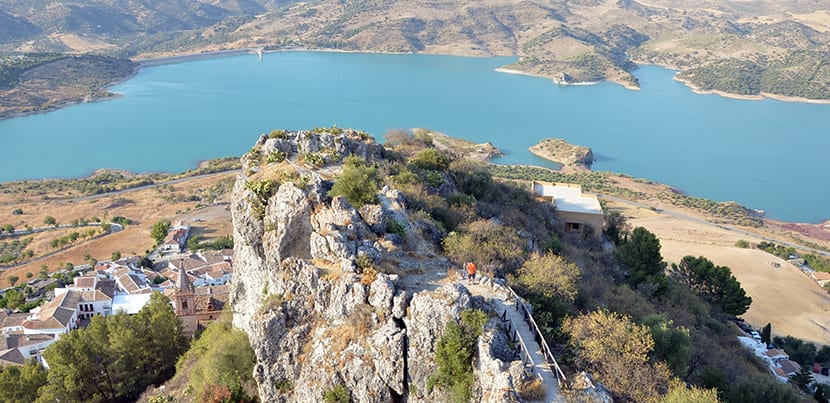
The name refers to the Arab presence in the area and it is. The town used to be an important site at the time of the Muslim invasion, until the Christian conquest. Then the French would pass through here, at the beginning of the XNUMXth century, so the town has its long history.
Today Zahara de la Sierra is a popular place for its festivities, Holy Week, Carnival, the Pilgrimage of Bocaleones, the days of Corpo Christi and various festivals of saints. Added to these festivals are old buildings of different origins and different periods and natural attractions such as the reservoir, the so-called Garganta Verde, the Arroyomolinos river beach, the Bocaleones river or the Cueva del Susto.
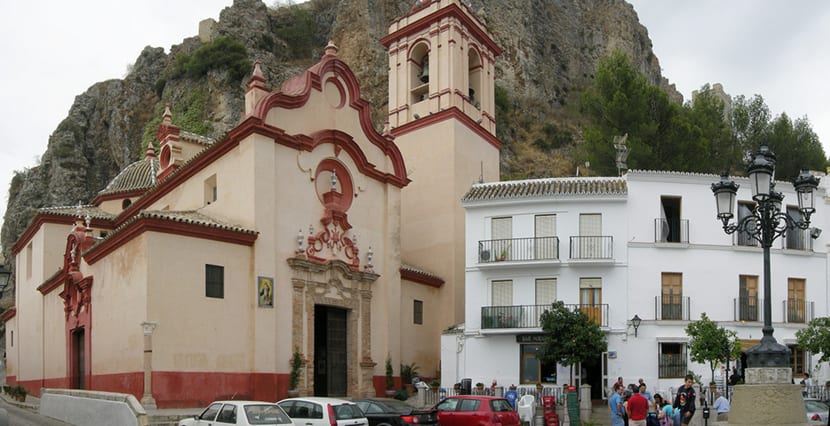
And it is that the town has been declared Historic Artistic Set in 1983 so we are going to start with its streets and buildings. The Church of Santa María de la Mesa that we see today dates from the 1407th century and has its origins in the Greater Church that was built by the Christians back in XNUMX. It only has the irregular tower and it has been restored. Its doors will open, according to the town's tourism website, shortly.
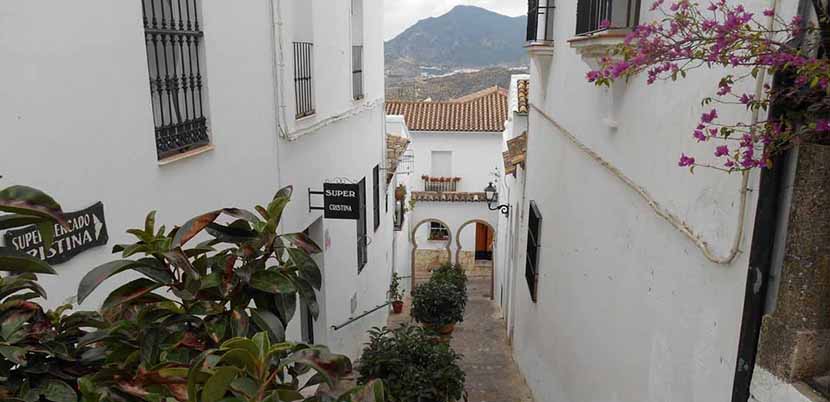
Their whitewashed streets They are a beautiful plot, the balconies with flowers look out on them, there are viewpoints and as the location is a hillside, the whole complex is beautiful, that is, the streets go up and down, there are steps, viewpoints are formed that offer views of the town and round.
The houses, on their own, white and whitewashed, are of two types. There are those with windows with simple ironwork on doors and windows, possibly dating from the XNUMXth and XNUMXth centuries, and the houses from later centuries that already have a third body, with circular holes in their facades and some, with shields on them.
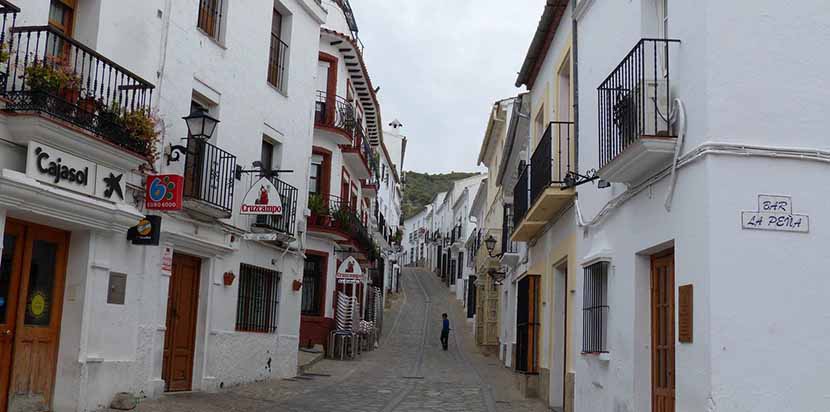
Also in the streets of Zahara there are some Natural sources Of which fresh water still flows, among them the Calera fountain, the Altabacar fountain and the Higuera fountain. The town knew how to be surrounded by a wall and what remains of it is in the eastern zone. The tower of tribute, square, 12 by 12, 60 meters and round angles. It has two floors inside and four rooms.
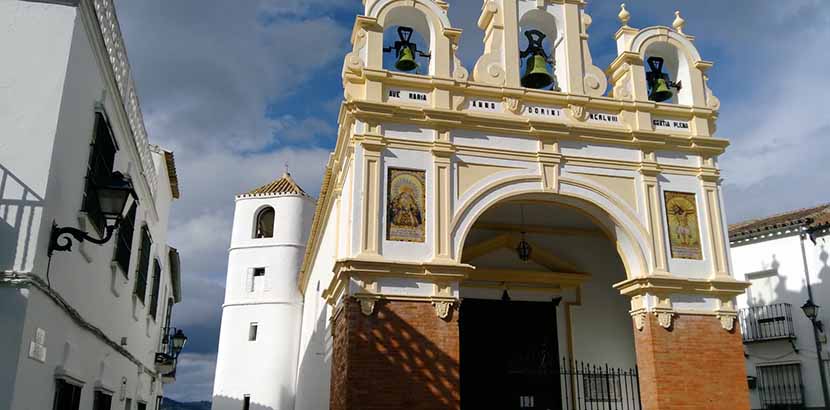
There is a fireplace, two facing windows, a roof terrace and connecting vaulted staircases. There are loopholes, remains of a machicolation and a slope. It is a clear example of Nasrid architecture with Christianity. Finally, we have the Church of San Juan de Dios Lateran with its Clock Tower. This tower is attached to the hermitage of the saint and is what remains of it. It was the bell tower and at the beginning of the century a pendulum clock was installed on its upper floor.
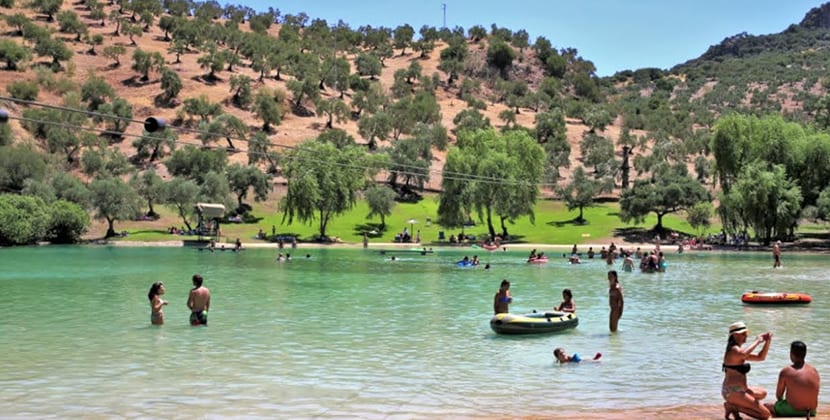
The church dates from 1958, has a single nave, very wide, and is open every day in the morning and in the afternoon. On the other hand there is also the Arroyomolinos Recreational Area, at the foot of the Monte Prieto mountain range, in the park, almost on the banks of the reservoir. Between fruit trees and orchards a small artificial beach has been created that in summer is super enjoyable.
To learn about the history of the medieval town you can take a tour of the Interpretation Center of the Medieval Village, with its multimedia resources to give an account of the history of the place. You will see many archaeological remains, a cistern from the Turdetan era, things from the Roman era as well, Islamic remains and others.
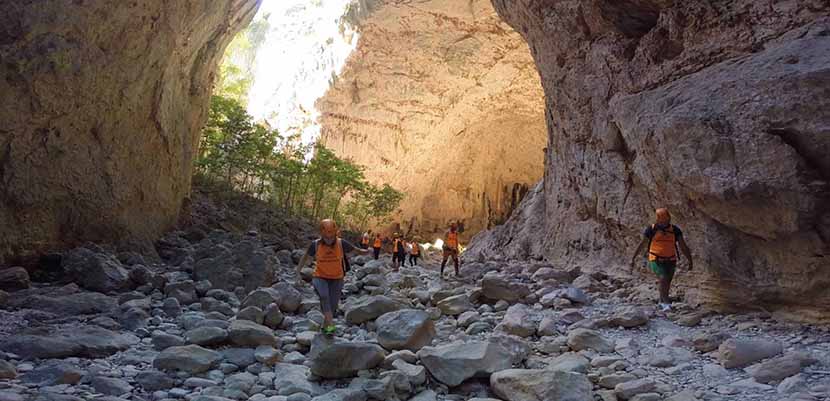
El Natural Park has very interesting areas: the Green Throat It has a charming grotto known as the Hermitage of the throat, and the Dry Throat. There is also a wooded formation of fir trees, the Spanish fir, of the Quaternary, in which a fauna inhabits where the mountain goat, the roe deer, the golden eagle or the peregrine falcon reign. If the nature of Zahara de la Sierra is interesting for you, you cannot miss the Pinsapo Interpretation Center, in the center of the old town.
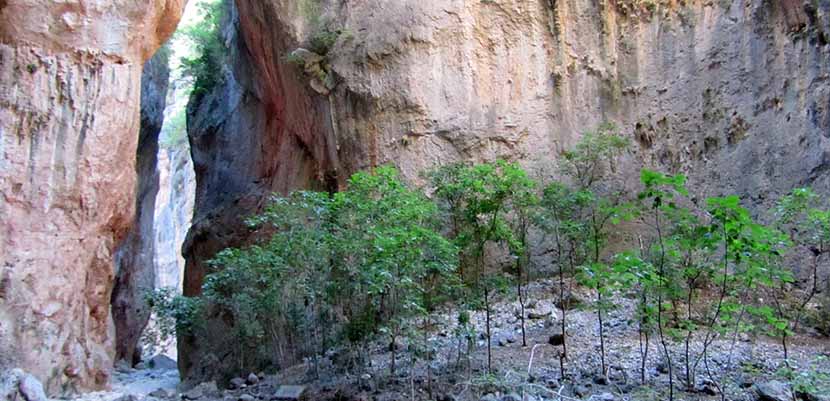
Buildings, streets, fountains, museums and natural landscapes, but what kind of tours can I do in Zahara de la Sierra? The people first propose a route that connects Zahara with Puerto de las Cumbres with Pinsapar. This route is entered through the Canteras, on the Zahara - Grazalema route, a route that crosses the fir forest, Biosphere Reserve. It is a six hour walk and quite easy to do.
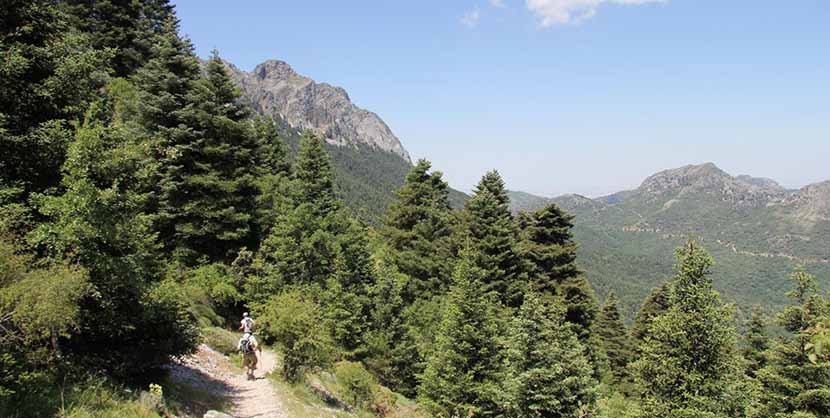
Another tourist route connects Zahara with the Dry Gorge with Puerto de la Breña. From the town there is a path to Puerto de la Breña that takes you to the Garganta Verde exit. Cross the orchards, you reach the bridge over the Bocaleones stream, start to climb, you can see the Garganta Seca and while you keep climbing the views get better and better. It is a five hour walk.
A third route connects Zahara, the Garganta Verde and returns to the town. It can be done by car, bicycle, walking or on horseback and it takes an hour, an hour and a quarter. It is not an easy route so it is not advisable to do it with children under seven years of age. There is a second route that passes through the Garganta Verde, even more difficult. Other tourist routes are those of Puerto Las Palomas, Arroyomolinos, San Cristóbal, La Bodega, Puente de los Palominos or Los Llanos del Revés.
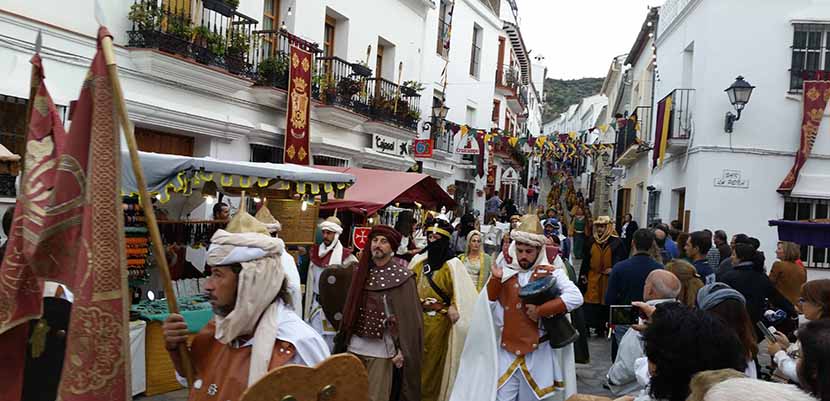
To the historical buildings, to the charming streets, to the whitewashed houses, its fountains that still flow water and its landscapes add parties that attract hundreds of people every year. October 20 is the Feast of the Patrons Saint Simon and Saint Jude, the commemoration of the Christian conquest of Zahara in 1483. The festival includes a procession, a speech by the mayor and a popular meal in the Plaza del Rey.
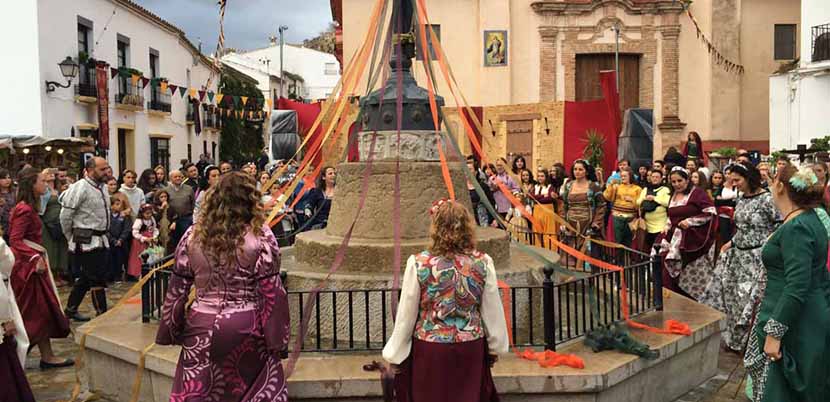
In August is the Annual fair, with competitions for people of all ages. It is a very family party so if someone in the family has left town it is usual for them to return to participate. On June 24, a pilgrimage is held on the stream of Arroyomolinos in honor of San Juan. The saint moves from the hermitage with the pilgrims and there is a lot of devotion at mass, there is a float contest, music, dance and food.
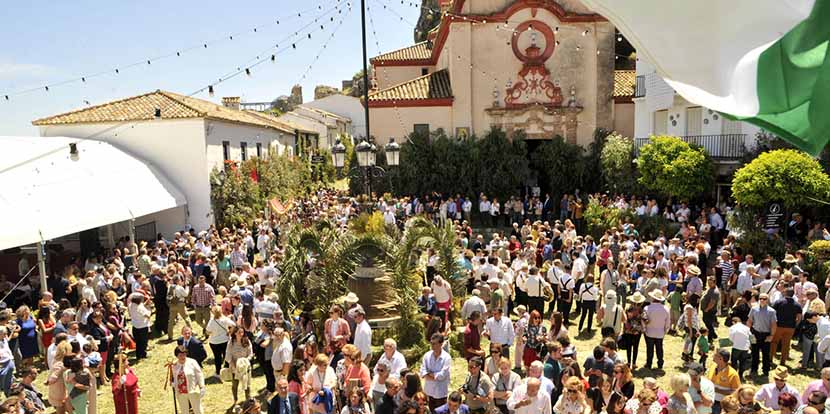
In June it is celebrated the corpus, a very traditional and beloved festival, emulated by other nearby towns. It is a Festival of National Tourist Interest and the most important in Zahara for its beauty and prominence. Mass today is given in the Church of Santa María de la Meza, there is a very elegant procession with the children in their first communion, a musical band, a shower of petals and many prayers. Everything ends several hours later with a great popular festival with only medieval, food, contests and more dances.
And finally, let's not forget about carnival in February or March, it is also a very traditional and popular festival, with parades everywhere. As you can see, Zahara de la Sierra is undoubtedly a great tourist destination in Andalusia.